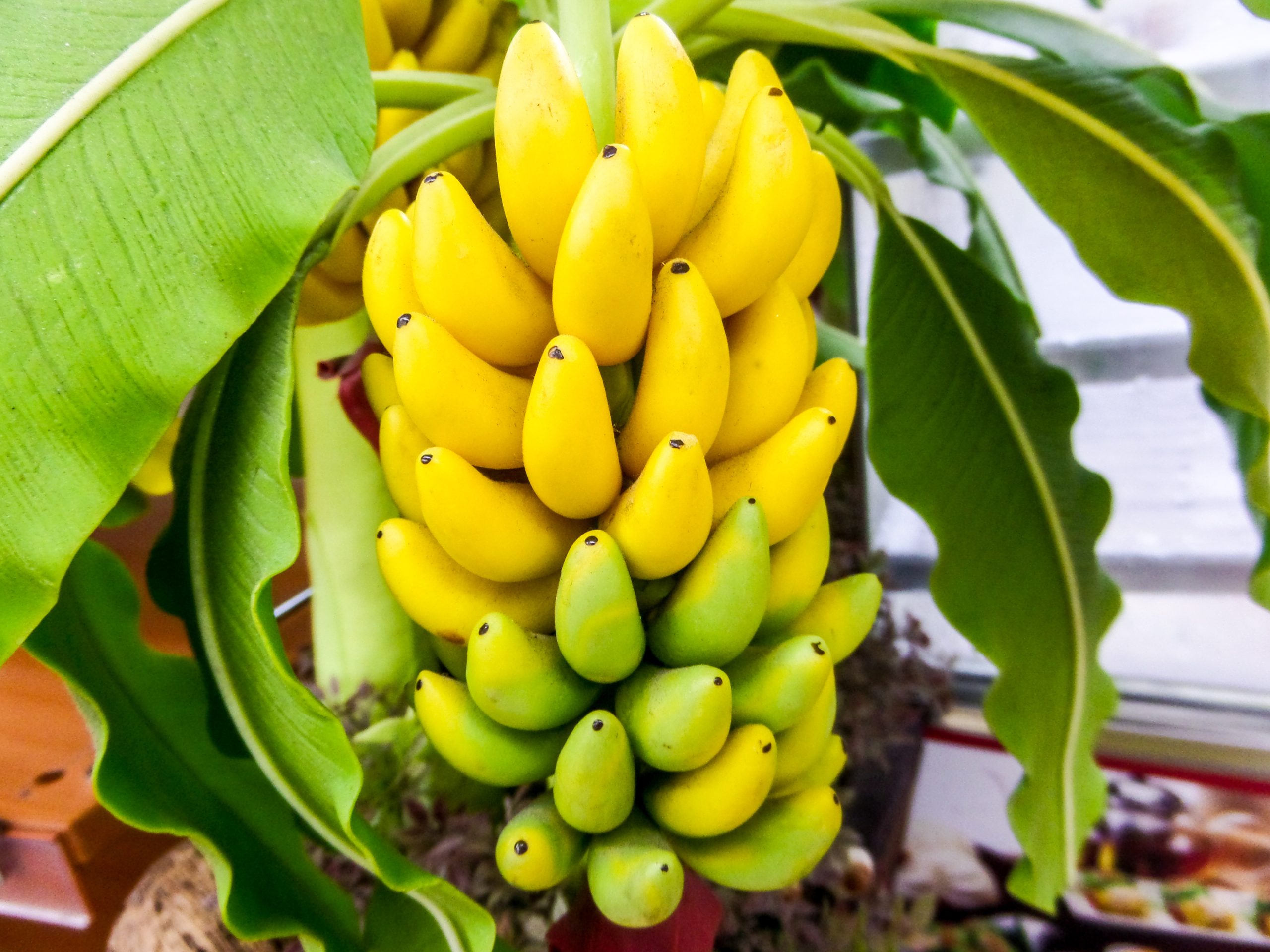When most people think of bananas they picture the sweet, curved yellow fruits found in grocery stores. But there are actually over 1000 different cultivated varieties of banana trees worldwide!
From compact dwarf trees to towering plantains, the banana family contains an astonishing range of shapes, sizes, flavors, and uses. By exploring the different types of banana trees, you can discover new tastes and gardening possibilities.
Overview of Banana Tree Types
The two main species of cultivated banana trees are
-
Musa acuminata – The most common dessert banana, including Cavendish and Lady Finger varieties. Typically sweet fruits.
-
Musa balbisiana – Starchier, plantain varieties used for cooking. More disease resistant.
But through hybridization between these species and their subspecies, many banana varieties have been created. Here are some of the most popular:
Edible Banana Trees
-
Banana Plant (Musa acuminata) – The classic banana plant produces sweet, creamy fruits. Can reach over 30 feet tall.
-
Double Mahoi (Musa hybrid) – A sturdy tree producing flavorful yellow fruits in compact bunches.
-
Grand Nain (Musa acuminata ‘Grand Nain’) – A dwarf banana cultivar that bears large, tasty fruits. Grows under 10 feet.
-
Blue Java (Musa acuminata x balbisiana ‘Blue Java’) – Fruits have a sweet vanilla-like flavor and blueish peeled. Cold hardy.
-
Dwarf Sumatrana (Musa hybrid) – A compactgrower reaching 5 feet, with plump pinkish fruits. Does well in containers.
Ornamental Banana Trees
Many banana varieties are grown for their exotic ornamental appeal and huge foliage:
-
Abyssinian Banana (Musa ensete) – Dramatic glossy leaves on 15 foot plants. Hardy to zone 7.
-
Cuban Red Banana (Musa acuminata) – Striking dark red leaves and pink fruits. Prefers warm zones 9-11.
-
Musa Velutina – Fuzzy pinkish leaves make a bold statement. 20 foot height at maturity.
-
Japanese Fiber Banana (Musa basjoo) – 18 foot clumps of wide, green leaves. Cold hardy to zone 5.
-
Zebrina Banana (Musa ornata) – Unique pink and green striped leaves. Maxes out around 5 feet tall.
Plantain Banana Trees
Plantains are starchier cooking bananas that need to be cooked before eating. Popular varieties include:
-
French Horn Plantain – Robust grower producing very large fruits. Ripens from green to black.
-
Dwarf French Plantain – A compact plantain cultivar reaching just 6 feet tall. Good for containers.
-
Pisang Kelat – Sweet, thick-skinned fruits grow in pink bunches. Tolerates partial shade.
-
Pisang Raja – Resists fungus diseases. Fruits are mild and starchier when raw.
-
Mysore Plantain – Extremely hardy and pest/disease resistant. Produces heavy bunches.
Discovering New Banana Tree Varieties
Part of the fun of growing bananas is trying new and interesting varieties. Many specialty nurseries now offer exotic banana cultivars beyond basic Cavendish and plantains.
By planting a diverse banana tree collection, you can enjoy an array of flavors – from vanilla to strawberry to apple. And mix ornamental varieties with edible ones for a stunning tropical display.
Some interesting banana types to look for include:
-
Manzano – Delicious apple-flavored fruits ideal for juicing or eating fresh.
-
Red Dacca – Striking dark red fruits with a raspberry hint.
-
Praying Hands – Unusual fused fruit shape and creamy taste.
-
Ice Cream – Thick, creamy fruits live up to their name!
Let your imagination go bananas with all the different banana tree varieties out there! Discover new types by their taste, appearance, uses and growing traits. Any banana lover is sure to find inspiration.
Dwarf Cavendish Banana
FAQ
Are there different kinds of banana trees?
What is the best banana tree to grow?
What is the best type of banana to eat?
What are the different types of banana trees?
The Cavendish banana tree is one of the most popular types of banana trees. This tree produces the type of bananas that we typically see in grocery stores. The Cavendish banana is a hybrid of two other types of bananas, the Gros Michel and the Valery. The Cavendish banana tree grows to be about 20 feet tall and has a life span of around 10 years.
How do you identify different types of banana trees?
When it comes to identifying different species of banana trees, one of the key factors to look at is the leaf characteristics. Banana leaves are large and have a distinct shape that sets them apart from other plants. They are elongated and have a tapering end, resembling a paddle or a canoe.
How many types of banana plants are there?
There are roughly 70 different species of banana plants which all belong to the Musa genus. This genus is responsible for producing both bananas and plantains. Though these fruits are economically important across the world, banana plants are not just cultivated for their ability to produce bananas.
What is a banana tree?
A banana tree is a type of tropical tree that is known for its fruit. Bananas are one of the most popular fruits in the world, and they are a great source of potassium, fiber, vitamin C, and other nutrients. There are many different types of banana trees, and each has its own unique features.
- The Ultimate Guide to Growing Strawberries in Raised Beds - August 8, 2025
- No-Dig Garden Beds: The Easiest Way to Grow a Beautiful Garden - August 6, 2025
- How to Protect and Preserve Wood for Raised Garden Beds - August 6, 2025

